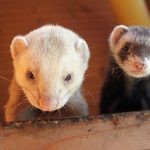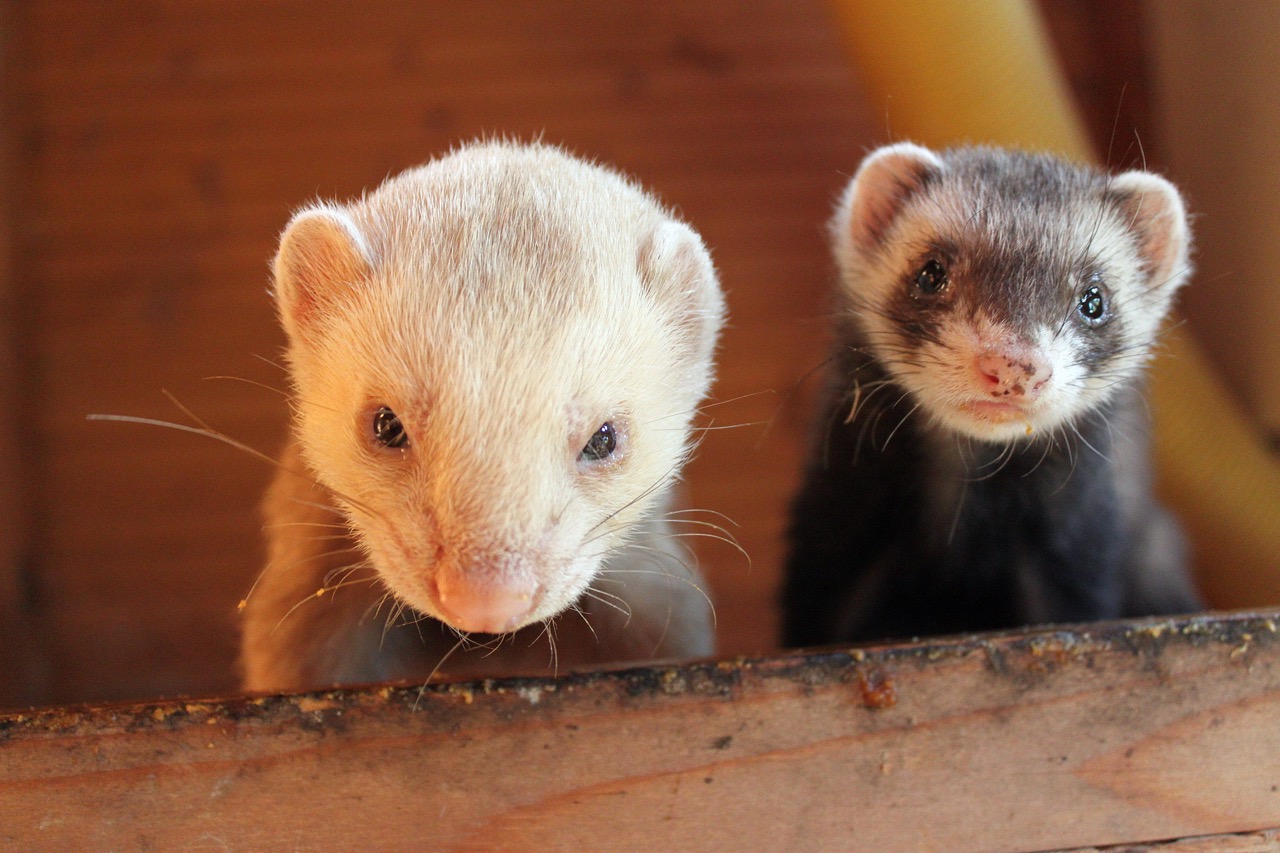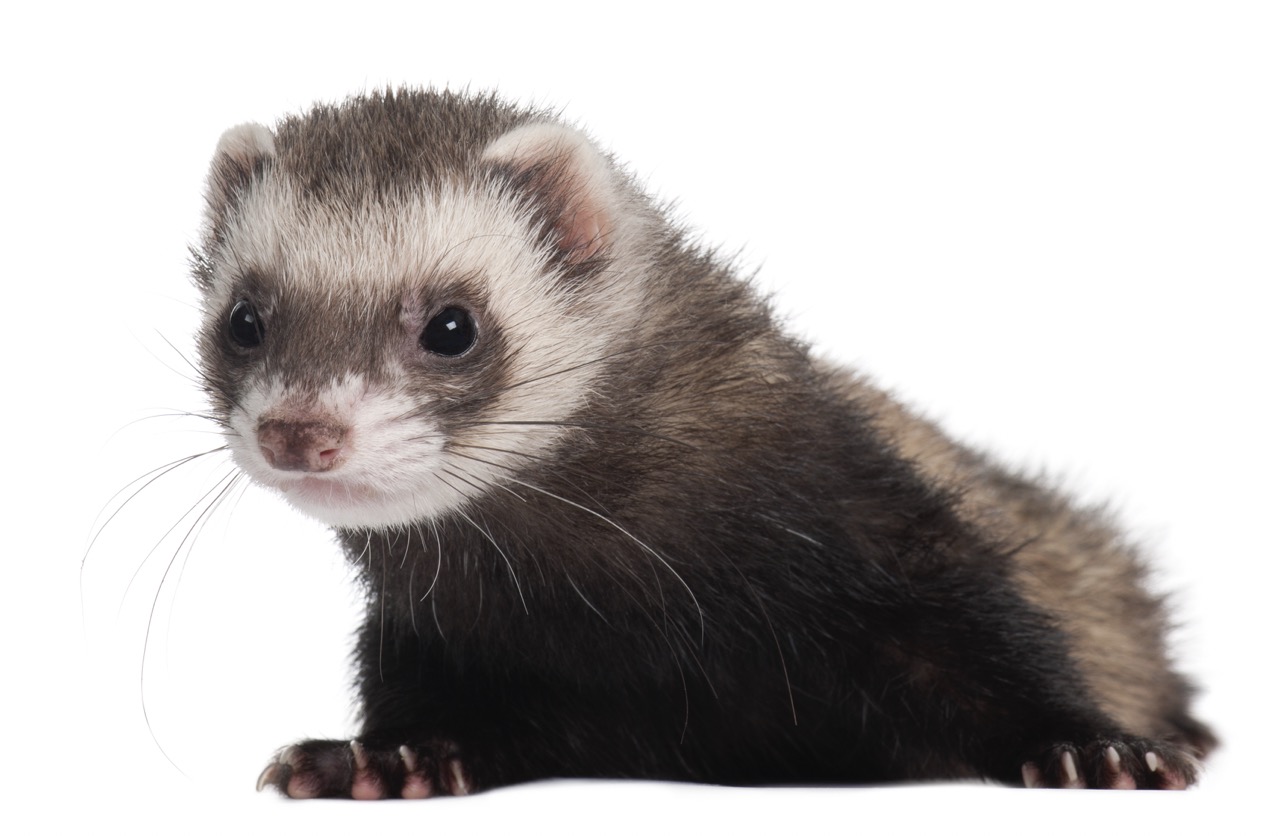Ferrets are playful, inquisitive pets known for their unique personalities and lively antics. However, as owners may quickly discover, one aspect of ferret care involves managing their shedding and fur regrowth. Understanding the biology behind ferret shedding can help owners provide better care and maintain their pet’s health. This article delves into the shedding behavior of ferrets, the seasonal patterns that influence fur loss, the importance of nutrition for healthy regrowth, and practical tips for managing shedding in these beloved companions.
Understanding Ferret Shedding: A Biological Overview
Shedding in ferrets is a natural and necessary biological process that allows them to maintain a healthy coat. Like many mammals, ferrets undergo a cycle of hair growth, rest, and shedding known as the hair growth cycle. This cycle consists of three phases: anagen (growth), catagen (transitional), and telogen (rest). During the telogen phase, old hairs are shed to make way for new growth, allowing the ferret’s coat to stay vibrant and healthy.
Ferrets have a unique coat structure, comprising a dense undercoat and longer guard hairs. The undercoat provides insulation, while the guard hairs protect against environmental factors. The shedding process helps regulate the distribution of these hair types, ensuring that the ferret can adapt to varying temperatures and conditions. Essentially, shedding allows ferrets to maintain optimal fur health, which is crucial for their overall well-being.
Additionally, genetics plays a significant role in shedding behavior. Different ferret breeds may exhibit varying shedding patterns and coat types, which can influence how much fur they lose at any given time. Understanding these genetic predispositions can help owners anticipate and manage their ferret’s shedding effectively.
Seasonal Changes in Ferret Fur: Shedding Patterns Explained
Ferrets typically shed their fur in response to seasonal changes. This phenomenon is most pronounced during spring and fall, when they prepare for temperature fluctuations. In spring, ferrets shed their winter undercoat to make way for lighter, cooler summer fur. Conversely, as temperatures begin to drop in fall, they grow a thicker undercoat to maintain warmth during cooler months.
The shedding cycle can vary based on environmental conditions such as indoor heating, humidity, and natural light exposure. Indoor ferrets may shed less dramatically than those living in more temperate climates, as they are not as directly influenced by outdoor temperature changes. However, owners can still observe increased shedding during the change of seasons, particularly in spring and fall.
Moreover, not all ferrets shed in the same manner or intensity. Factors such as age, health status, and stress levels can influence shedding patterns. Younger ferrets may experience more rapid shedding and regrowth when compared to older ones, who might shed more slowly and show variations in fur quality. Understanding these factors can help owners manage their ferret’s coat and overall health more effectively.
The Role of Nutrition in Healthy Fur Regrowth
Nutrition is a crucial component of healthy fur regrowth in ferrets. A well-balanced diet rich in high-quality proteins, essential fatty acids, vitamins, and minerals can significantly impact the quality of a ferret’s coat. Protein is particularly important, as it provides the building blocks for hair growth. Foods such as high-quality ferret kibble, cooked meats, and specific supplements can help ensure that ferrets receive the nutrition they require for optimal coat health.
Fatty acids, such as omega-3 and omega-6, play a vital role in maintaining skin health and promoting shiny fur. These essential fats can help reduce inflammation and enhance the overall appearance of the coat. Owners may consider incorporating fish oil or specific ferret supplements that contain these fatty acids to support their pet’s skin and fur health.
Furthermore, hydration is essential for healthy skin and fur. Ensuring that ferrets have constant access to fresh water promotes hydration, which can prevent dry skin and excessive shedding. A well-hydrated ferret will typically exhibit healthier fur and quicker regrowth during shedding periods. Together, proper nutrition and hydration can significantly improve the shedding and regrowth process.
Managing Ferret Shedding: Tips for Pet Owners
Managing ferret shedding effectively requires a combination of regular grooming and environmental adjustments. Regular brushing helps remove loose fur, reduces the amount of hair shed around the house, and stimulates the skin, promoting better circulation and healthier fur. Use a soft-bristle brush or a grooming mitt to gently remove dead fur without causing stress or discomfort to your ferret.
Creating a comfortable environment is also essential for managing shedding. Ensure your ferret’s living area is clean and free from allergens that may exacerbate shedding or skin irritations. Regularly washing bedding and toys, and maintaining a consistent temperature can help minimize stressors that could contribute to excessive shedding. Additionally, providing a secure, low-stress environment allows ferrets to thrive, which can also influence their coat health.
Finally, monitoring your ferret’s health is critical. Changes in shedding patterns can sometimes indicate underlying health issues. If a ferret experiences excessive shedding, bald patches, or changes in coat quality, it is essential to consult a veterinarian. Regular health check-ups can catch potential problems early, ensuring that your ferret remains healthy and that their shedding is manageable.
Understanding the biology of ferret shedding and fur regrowth is crucial for any ferret owner. By comprehending the natural shedding cycles, the impact of seasonal changes, the role of nutrition, and effective management strategies, pet owners can help ensure their ferrets maintain a healthy and vibrant coat. With proper care and attention, ferret owners can not only manage shedding but also enhance the overall well-being of their furry companions.










